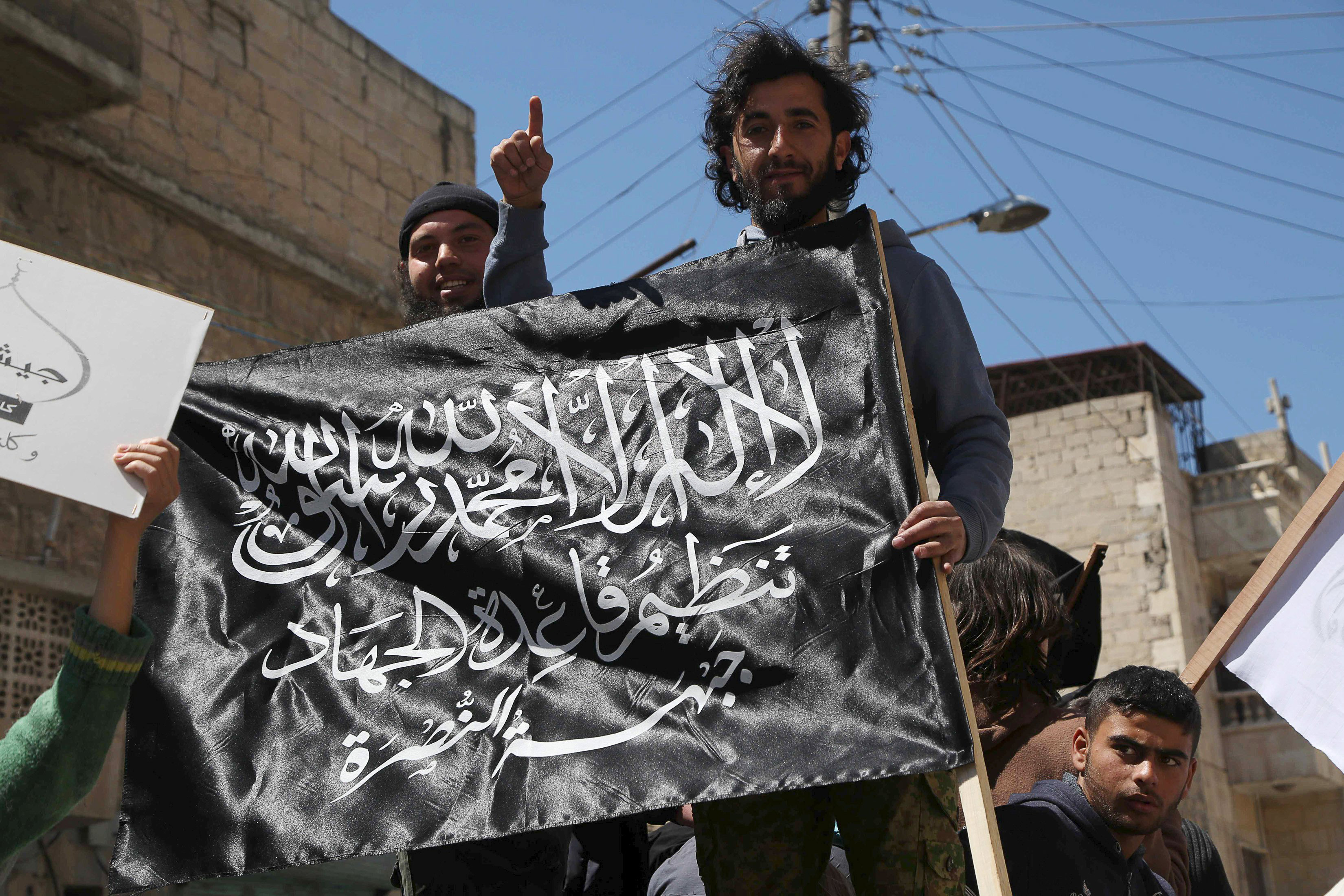Hundreds of Syrian rebels will soon start U.S. training to battle the Islamic State group without knowing whether or how Washington would come to their aid on the battlefield.
The U.S. plan to train and arm a force that is expected to eventually total more than 15,000 troops and to get underway in the coming weeks is a major test of President Barack Obama's strategy of engaging local partners to combat extremists.
But administration officials are already scaling back expectations of its impact. And some rebel leaders say the force risks sowing divisions and cannot succeed without directly targeting Syrian forces.
















With your current subscription plan you can comment on stories. However, before writing your first comment, please create a display name in the Profile section of your subscriber account page.